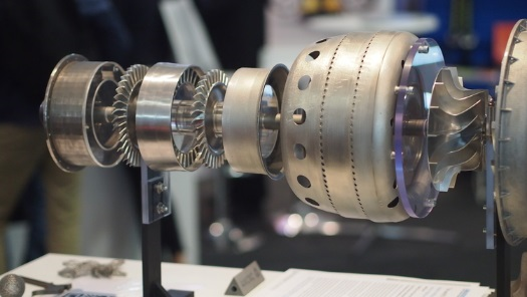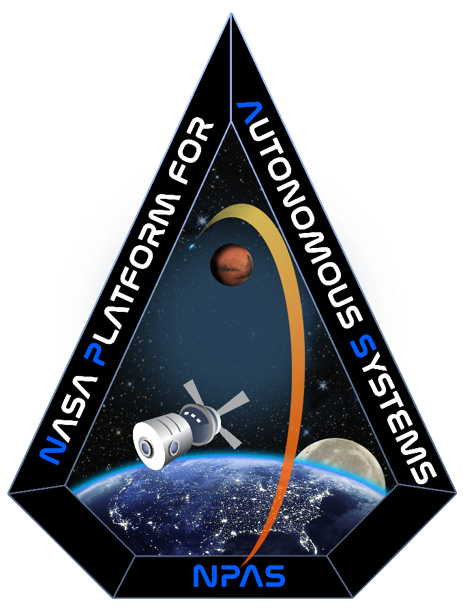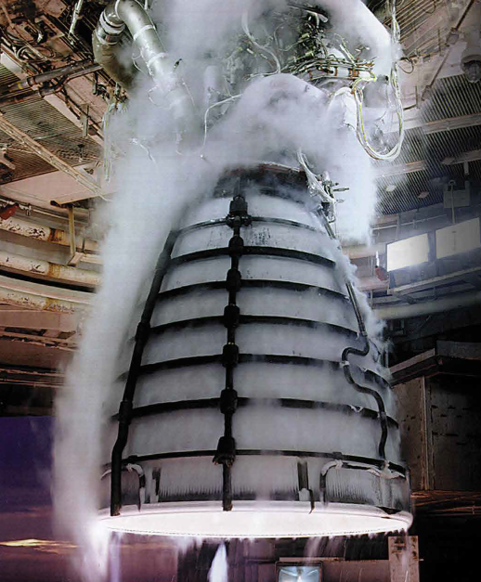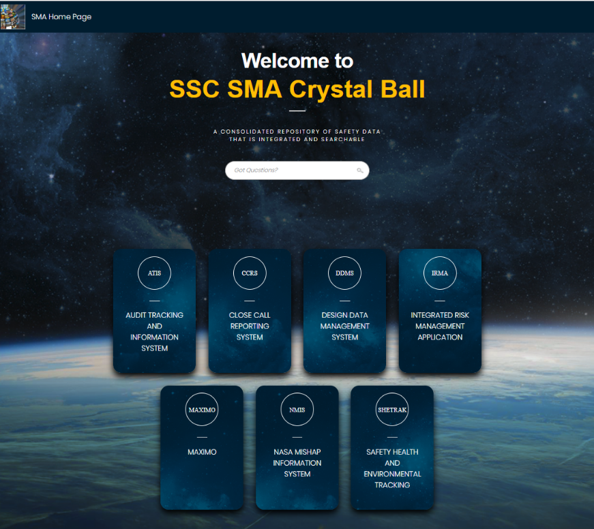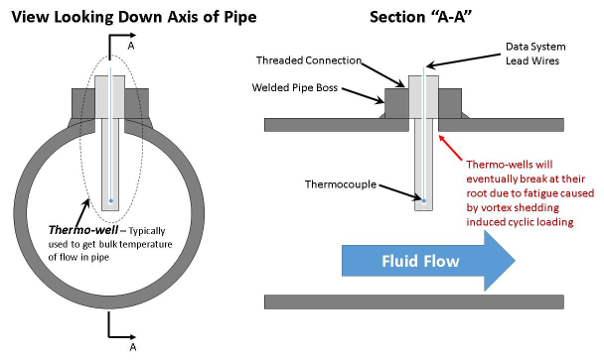Additive Component Manufacturing
3D Printing for Better Valves
PM: Jonathan Dickey |
Fiscal Year: 2019 |
Status: Active |
Current technology relies heavily on centuries-old techniques like casting, forging, and
machining to create fluid control valves, significantly limiting what can be manufactured.
State of the art technologies, such as additive manufacturing, have not yet been thoroughly
applied to fluid control valves. Many valve manufacturing issues, such as flow passage
machining, deep hole boring, and bi-metallic joining, could successfully be addressed using
additive manufacturing technologies. The goal of this project is to apply additive manufacturing
techniques specifically to the problems fluid control valves present.
Rocket engine 3D printed at Marshall Space Flight Center
Autonomy Strategies: Ontology and Implementation
Developing and Implementing Autonomy Strategies to Enable “Thinking Autonomy”
PM: Fernando Figueroa |
Fiscal Year: 2019 |
Status: Active |
Autonomy strategies enable systems to overcome unplanned events that affect the
nominal execution of a mission. This project will address a crucial gap in the
development and implementation of autonomy strategies to enable “Thinking Autonomy.”
Experts from SSC and JPL will collaborate to develop a substantive list of autonomy
strategies founded on experience. With this data, a taxonomy, architecture, and
language for autonomy strategies will be developed and properly documented. The first
phase of the project will focus on efforts to conceptualize and formulate an ontology
for autonomy strategies at high levels of abstraction and generate some initial language
modules for a space habitat (e.g. power, ECLSS) and the SSC nitrogen storage and distribution
system. In parallel, we will begin implementation of the capability in SSC’s NASA Platform for
Autonomous Systems (NPAS) and carry out verifications.
Logo for the NASA Platform for Autonomous Systems
Hydrocarbon Cold-Flow Simulation of LOX/LH2 Rocket Aerodynamics
Mimicking Rocket Plume Aerodynamics with Natural Gas Byproducts
PM: Daniel Jones |
Fiscal Year: 2019 |
Status: Active |
Current analytical and empirical rocket diffuser design methodologies
are inhibited by the limited envelope of available experimental data
collected via low-pressure nitrogen and steam testing in the 1960s.
The goal of this project is to develop and demonstrate a lab-scale
hydrocarbon cold-flow simulation of coupled rocket/diffuser system
aerodynamics. The objectives for year one include design and fabrication
of a hydrocarbon cold-flow rocket/diffuser testbed and a test article
representative of a hot-fire system that has already been experimentally
characterized. Year two includes tasks to activate the test bed, perform
a series of cold-flow tests on one or more rocket/diffuser configurations,
and characterize the performance of the ethane simulation compared to hot-fire.
RS-25 being tested at NASA's John C. Stennis Space Center
Prediction of Safety Incidents
Enhanced Safety Using Machine Learning
PM: Kamili Shaw |
Fiscal Year: 2019 |
Status: Active |
Safety incidents, including injuries, property damage and mission failures,
cost NASA and contractors thousands of dollars in direct and indirect costs.
Current data systems are able to collect and store information on both hazards,
through inspections and employee identification programs, and incidents. However,
NASA has not connected these sets of data to be able to predict safety incidents
and ultimately direct limited resources to the most high risk areas. This project
seeks to define, develop and test an algorithm that will use hazard identification
data as input to predict when and where there is a high probability of a safety
incident occurring. The ultimate goal is to take advantage of advances in the areas
of machine learning, data analytics and big data to save time, money and lives.
Dashboard Image of the SSC’s SMA Crystal Ball
Multi-Physics Based Thermo-Well Fatigue Design Tool
Reducing the Potential for Fatigue Induced Mechanical Failures
PM: Jody Woods |
Fiscal Year: 2019 |
Status: Active |
Currently the thermo-well design method in use at Stennis Space Center (SSC)
is an outdated method that is known to be too conservative and sometimes
results in a required thermo-well size that adversely affects other design
parameters. This project will focus on the development of an innovative
thermo-well design tool based on a multi-physics software package currently
being developed by Mississippi State University (MSU) called the CalculiX
Structural Solver. The project will develop a multi-physics based thermo-well
fatigue design tool, then conduct verification and experimental validation
studies using it, and finally deliver a production ready tool for SSC’s use.
Cross section of a pipe highlighting the thermocouple
